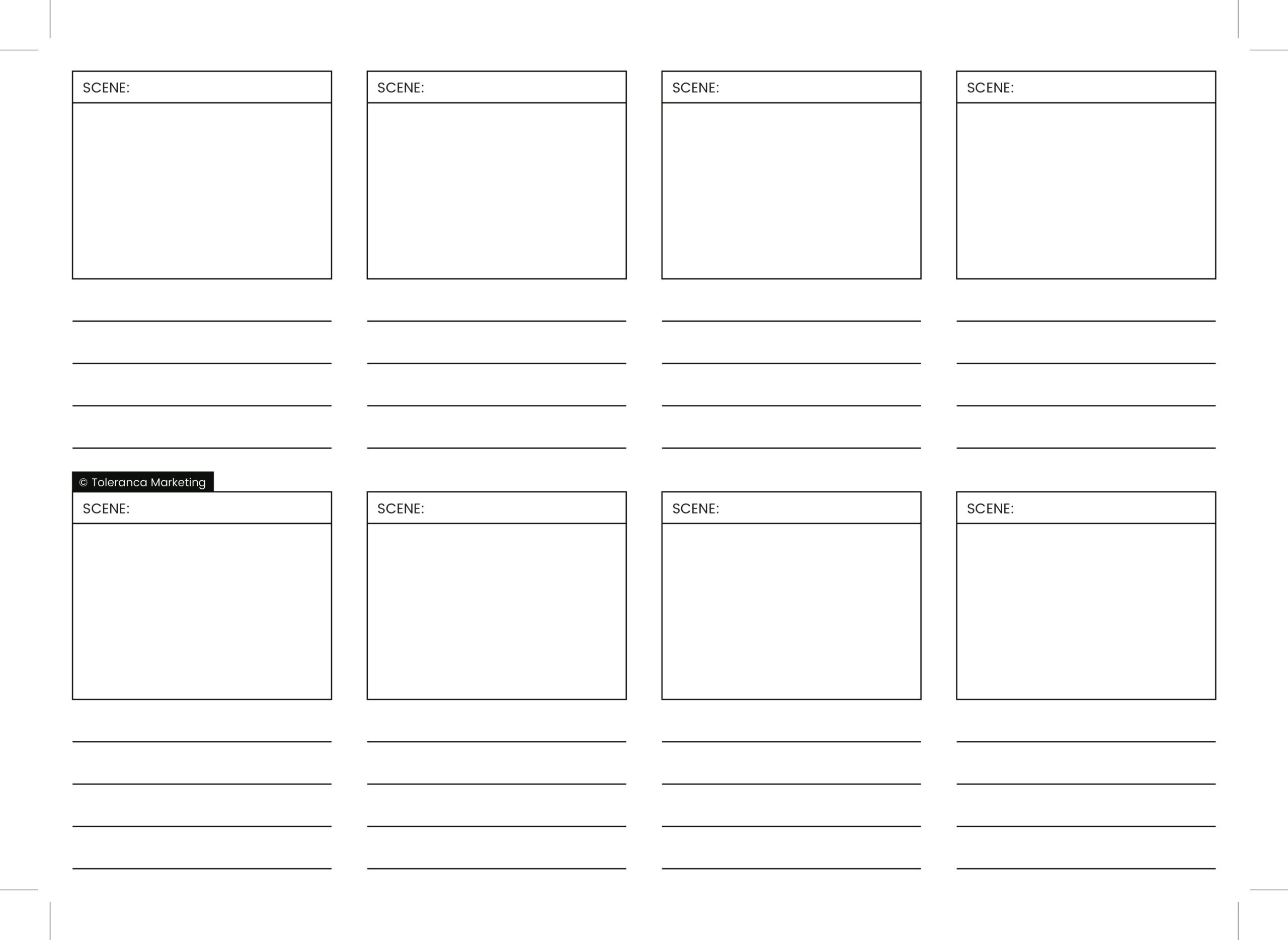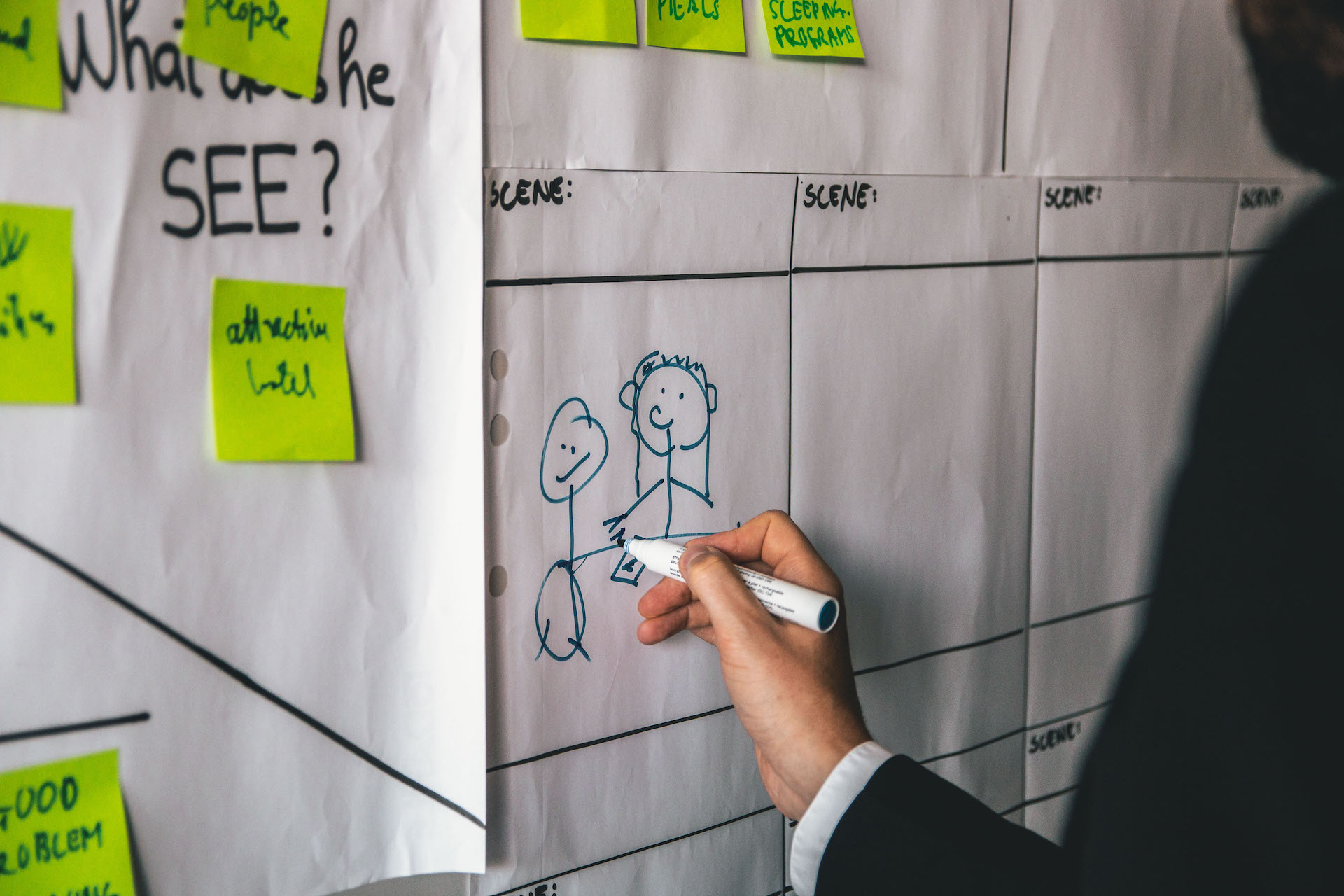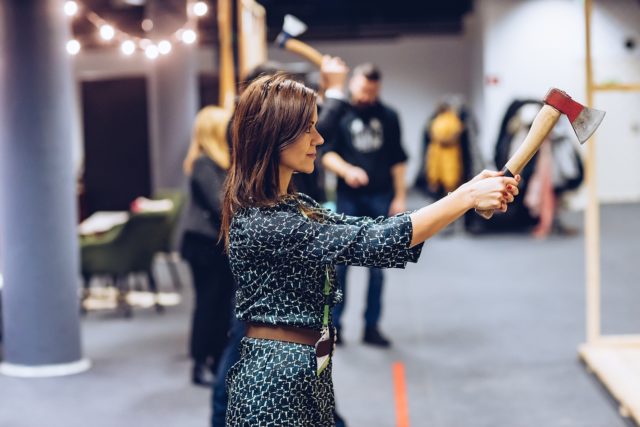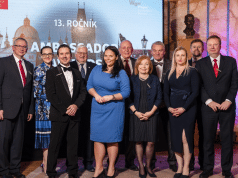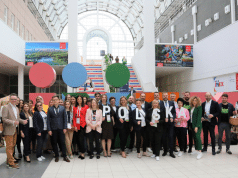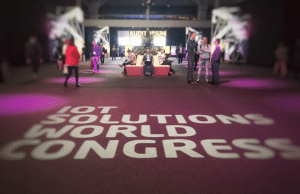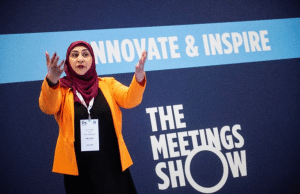DEFINITION
The participants’ journey, or user experience, stems from a multitude of interactions among participants at events and their experience of the event on a rational, emotional, sensory, physical and spiritual level.
THE STARTING POINT
In planning events, it is often the case that organisers forget the most important thing—that is, planning the entire user experience of participants. Consequently, numerous events fail or enjoy only limited success. There needs to be a comprehensive approach, which is understood as a mandatory part of the ‘Power to the meetings’ methodology. The end result is the satisfaction of participants, which can be achieved despite the subjective experience that some individuals may have had.
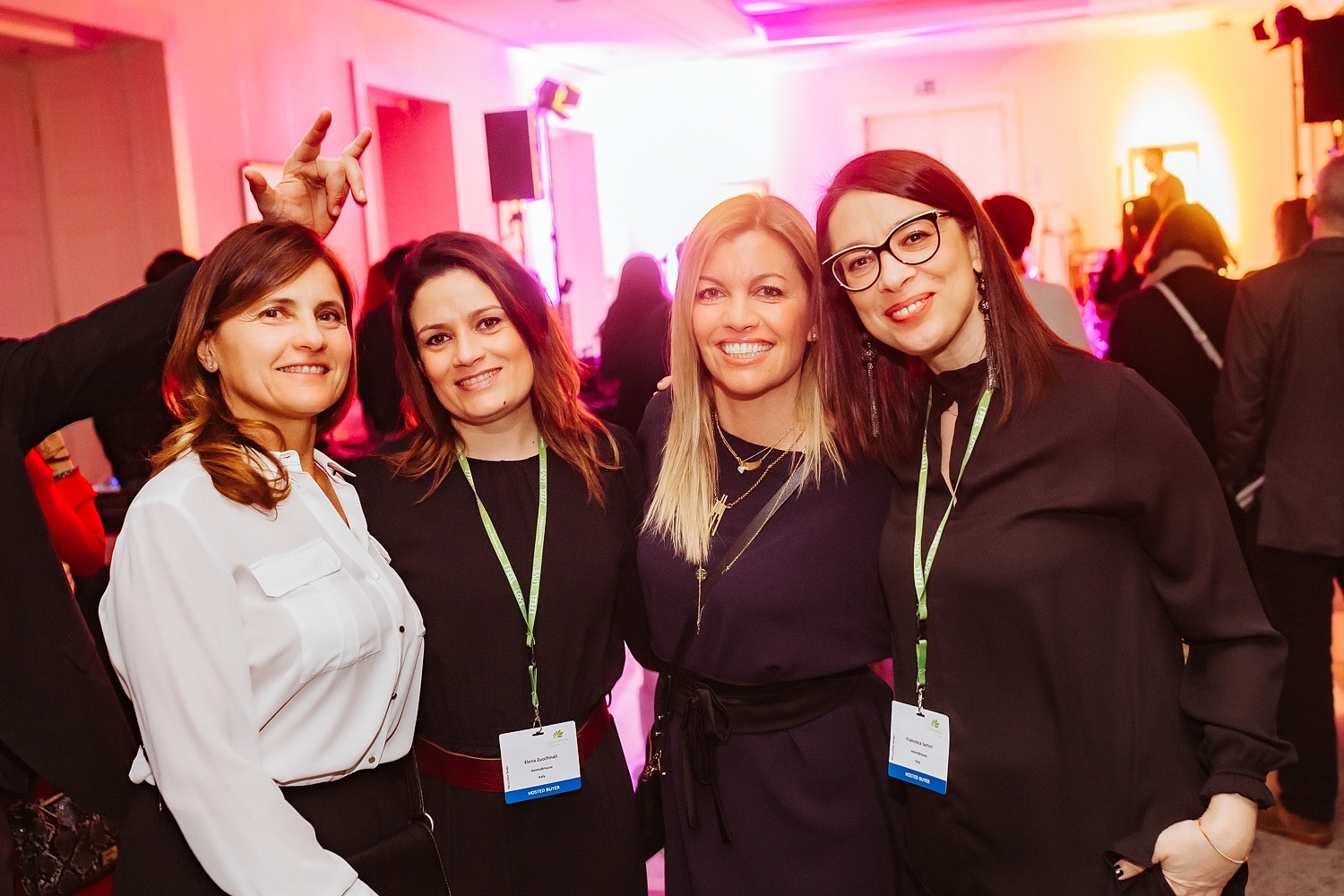
THE CONCEPT
The term first came into use in the 1990s, when Don Norman began to develop a methodology for Apple Inc. Today, the company’s products are a synonym for an exceptional user experience. The chief characteristic of the products and services which have changed the world in recent times is to solve one of the problems of the user experience. Similar companies are those such as Uber, Tesla, Airbnb, Snapchat, and the list could go on.
The basic condition for ensuring a good user experience is an understanding and knowledge of the event’s participants and their needs. The user experience is, therefore, the sum of all the participants’ senses prior to, during, and after participation at an event.
The key element of the user experience is to create events with added value for participants, where they will feel good and experience positive emotions. It is about solving the universal problem of interaction among participants of events at all points of contact. The field of event organising is a very complex one, as everything must be planned, from websites, communication systems, price politics, hotel accommodation, promotional campaigning, branding, and networking to arrival at the event, content, entertainment, staff, cuisine and venue layout.
Relatively few event organisers get involved in planning the user experience; a lot of them, however, realise its importance. It requires a lot of interdisciplinary knowledge. Toleranca marketing believes that, over time, the independent profession of planner of user experience at events will develop.

TIPS AND TOOLS
1. Conceptualisation
The most creative phase of a project is setting the concept of an event, for which the use of an Event Canvas or classic brief is recommended. This enables organisers to define the theme in a creative way and seek visual, verbal and professional elements that connect the event.
Tool: Event Canvas
2. Needs analysis
In this phase, user research should be carried out as well as interviews with key stakeholders. The choice of focus group is very important, as it must be relevant to the target group of event participants. In this way, it is possible to measure the subjective component of the expectations of quality services and the expectations of participants in general.
Tool: Pre-Event Survey
3. Designing a storyboard
The essence of every event is the story that needs to be told. The visual creation of the event is based on the techniques for preparing film scenery. Through group work, scenes and characters which will be personally experienced by event participants are visualised.
Tool: Event Storyboard
4. Testing the user experience
Next follows testing of the user experience which has been written on the storyboard. The selected focus group evaluates all those individual points raised on the storyboard as a whole using the following attributes: valuable/useful/desirable/accessible/credible/achievable/user-friendly
Tool: Event Experience Grid
5. Impressive event execution
At an event it is key that the user experience is structured as logically, clearly and intuitively as possible. The satisfaction of participants depends primarily on their expectations and whether we know how to impress them. Therefore, every event must include the essential elements which participants expect as well as elements of surprise, which have the greatest effect on satisfaction.
Tool: 10 Wow Moments Matrix
6. Analysis of the event
A key part of a project is measuring its success or whether it exceeded participants’ expectations. Through the use of a structured questionnaire, the rational and emotional dimension of an event can be measured.
Tool: Post-Event Survey

RECOMMENDATIONS
The pitfalls of inspiration and raising expectations
If an event is organised on an annual basis, the expectations of participants increase. What impressed them the first year, could just be considered satisfactory the next. The level of satisfaction is connected with that of exceeding participants’ expectations. Therefore, when organising events, it is exceptionally important to include elements of surprise—over time, unexpected elements can become the expected.
This is why event organisers must constantly aim to upgrade participants’ enthusiasm and impression and add elements of surprise.

INSPIRATION
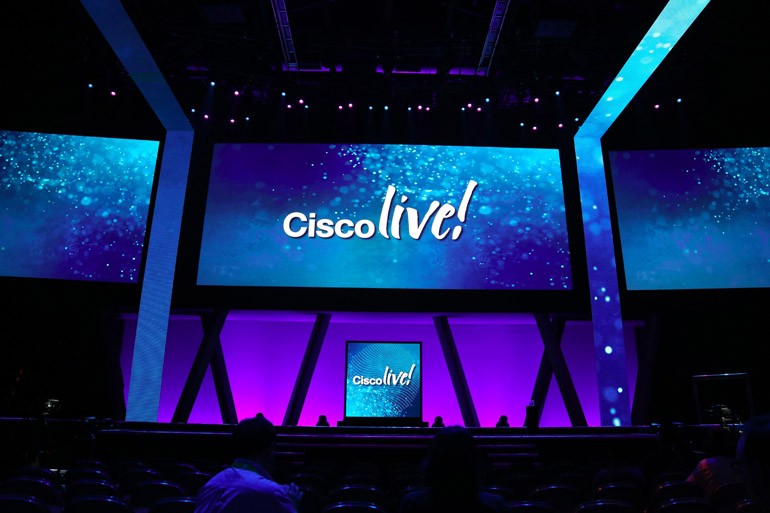
CISCO LIVE
Conversation at any point of the customer journey
Cisco Live is the biggest conference of the company CISCO in the EMEA region. It is regarded as one of the most important conferences in the area of digital marketing in the world and is held in places such as Barcelona, Milan and Berlin.
The conference offers visitors inspiring content, but it is its conceptual approach, which is based on a well-thought-out user experience that especially impresses visitors. According to marketing director Gerd De Bruycker, the centre of modern marketing is the B2Me concept—67% of the user experience today is digital. Cisco dedicates tremendous attention to this concept in three key phases of a project: before, during, and after an event. The main focus is on the needs of participants and their profiling, which enables the creation of engagement that can be measured using the Engagement Index and a comprehensive approach to measuring added value.
Additional information and inspiration can be found here:
https://www.ciscolive.com/emea
https://www.facebook.com/ciscoliveeurope
https://twitter.com/CiscoLiveEurope
https://www.youtube.com/ciscoliveeurope
https://www.instagram.com/ciscoliveeurope/
EVENT STORYBOARD
A storyboard brings everyone involved in the preparation of an event to the same page and helps them understand what the event should look like. A storyboard is like a comic book. Every phase of the event is drawn into a dedicated box, forming the steps that the participants will be taking. Activities and technical guidelines are written under each step.
Here is an example:
